Case Study 1
Smart Inventory Management for Reduced Stockouts and Costs
Challenges
Traditional inventory management relies on manual stock checks and historical sales data, which can lead to stockouts and overstocking. Retailers struggle to maintain accurate real-time inventory levels, impacting customer satisfaction and operational efficiency.
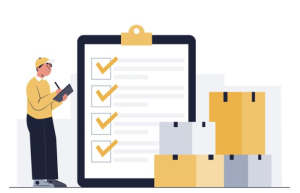
Impact
Stockouts lead to lost sales opportunities and frustrated customers. Conversely, overstocking ties up capital, requires additional storage space, and increases the risk of obsolescence.

Solution
A retail company can implement an IoT-based inventory management system. This system utilizes RFID tags or barcode scanners on products to track stock levels in real-time. Automated alerts can be triggered when inventory dips below a certain threshold, prompting reordering to prevent stockouts.
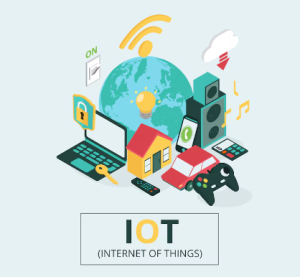
Benefits
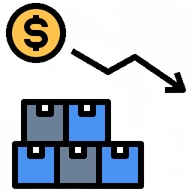
Reduced stockouts, leading to improved customer satisfaction and increased sales.
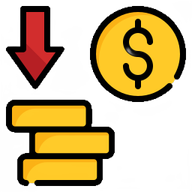
Optimized inventory levels, minimizing storage costs and the risk of overstocking.
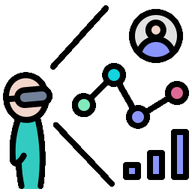
Improved forecasting accuracy through real-time data on product movement.
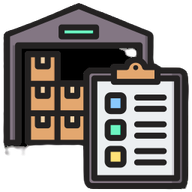
Increased operational efficiency with automated inventory management processes.
Case Study 2
Enhanced Customer Experience with Personalized Promotions and Wayfinding
Challenge
Traditional retail experiences can be impersonal, and customers often struggle to find the products they need. Retailers lack real-time data on customer behavior and preferences within the store.

Impact
Generic shopping experiences can lead to customer dissatisfaction and missed sales opportunities. Difficulty finding desired products can lead to frustration and customers abandoning purchases.

Solution
A retail company can deploy a network of in-store beacons and location tracking technology. These tools can identify customer location within the store and send targeted promotions or product recommendations to their smartphones. Interactive displays can provide personalized wayfinding assistance, helping customers locate specific items.
Benefits
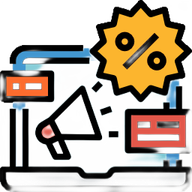
Personalized promotions and product recommendations based on customer preferences and shopping history.

Improved customer engagement and satisfaction through a more interactive shopping experience.

Increased sales by directing customers towards relevant products they might be interested in.
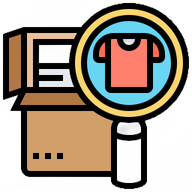
Reduced time spent searching for items, leading to a more efficient shopping experience.
Case Study 3
Smart Shelf Management for Streamlined Operations and Loss Prevention
Challenge
Traditional shelf management relies on manual restocking and visual checks, which can be time-consuming and inefficient. Retailers struggle to track product availability on shelves and identify potential theft or misplaced items.
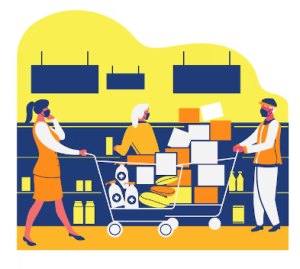
Solution
A retail company can equip shelves with weight sensors and electronic shelf labels. These sensors track product removal and trigger alerts when items need restocking. Electronic shelf labels can display dynamic pricing information and promotions. Additionally, weight sensors can detect unusual weight changes, potentially indicating shoplifting attempts.
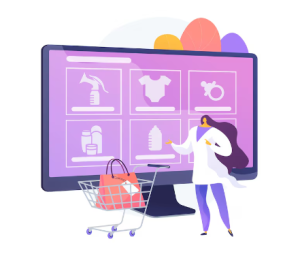
Benefits

Optimized restocking processes based on real-time data on product availability.

Reduced labor costs associated with manual shelf checks and restocking.

Improved inventory accuracy and reduced shrinkage due to theft or misplaced items.
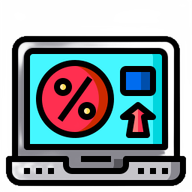
Dynamic pricing capabilities to optimize sales and promotions based on demand.
